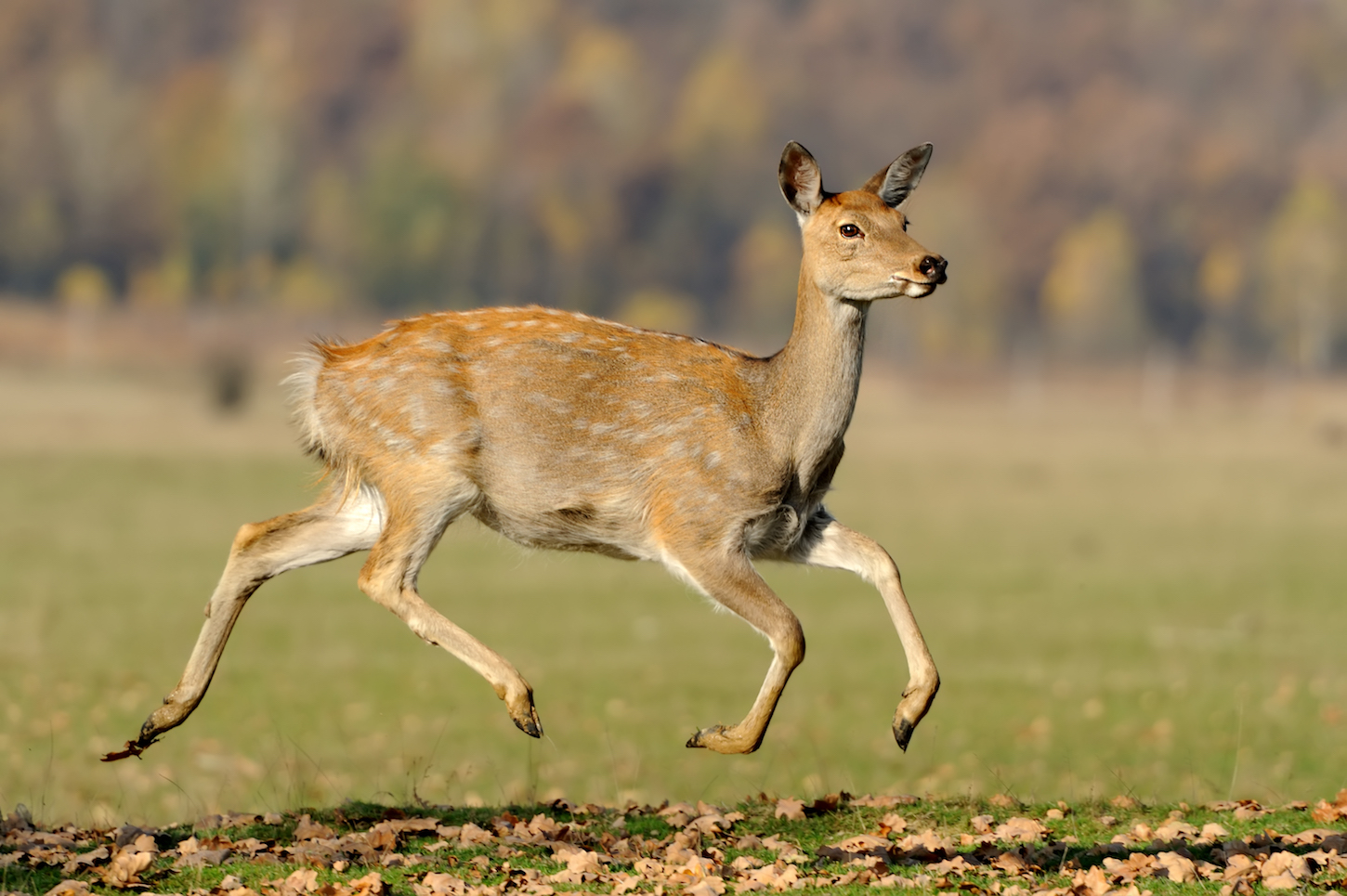Deer hunters find the chase to be as exciting as capturing the animal. An established method for enticing whitetail deer involves the creation of simulated scrapes. A skillfully designed scrape can function as an effective instrument in your repertoire of hunting techniques, luring deer to explore and designating your area as a favorable hunting location. This blog will examine the intricacies of whitetail deer scraping, including the basis, timing, and methodology behind this time-honored hunting technique.
An Understanding of the Whitetail Deer Scrape
Before creating a scrape, it is essential to have a firm grasp of its definition and why deer are attracted to it. Bucks utilize scrapes, essentially pawed-out patches of soil typically found beneath low-hanging branches, to communicate with other deer. They mark their territory by pressing their forehead glands against the overhanging branch and urinating in the scraped area. This phenomenon indicates their whereabouts and functions as a mode of communication among the deer populace.
When to Conduct a Scrape of a Whitetail Deer
As with all hunting endeavors, the ability to time one’s deer scrape is critical. Whitetail deer scraping is most effective during the pre-rut and rutting seasons. During the pre-rut, which typically transpires between late October and early November, bucks initiate the process of territory establishment by designating them with scrapes. Following the rut, the height of the mating season, males typically become more active in their pursuit of does and marking of territory.
Choosing the Appropriate Location
Selecting an optimal location for your deer excavation ensures its success. Consider places where deer have been observed foraging, such as established bedding areas, trails, or grazing grounds. A scrape should ideally occur beneath a low-hanging branch approximately four to five feet above the earth. This simulates the natural behavior of bucks to designate their territory beneath these branches.
Essential Tools and Materials
Although a minimal tool kit is optional for creating an imitation scrape, possessing the proper materials can enhance the efficiency of the undertaking. The following is what you will require:
- Saw or pruning shears: Utilize pruning shears or a saw to remove any undesirable branches or vegetation from the designated area.
- A rake or scrape: A rake or scrape instrument is utilized to replicate the organic pawing motion of a deer and generate a distinctive scrape on the ground.
- Deer urine or scent: To attract more deer to the area and lend authenticity to your simulated scrape.
- Overhanging branch: If a suitable branch is not at the designated site, you should carry one to suspend above the scrape.
- Trail camera: Trail cameras are highly recommended but optional for evaluating your excavation’s efficacy and monitoring deer activity.
Methods of Producing Whitetail Deer Scrape
Having gathered the necessary materials and location, the next step is constructing the whitetail deer scrape. Follow these procedures to conduct a mock scrape effectively:
- Eliminate Obstacles: Employ pruning shears or a saw to remove any vegetation or low-hanging branches that could obstruct the scraping process.
- Select the Overhanging Branch: In the absence of a naturally occurring suitable branch, choose a branch featuring low-hanging foliage and fasten it to the scrape area with cable ties or rope. Ensure it is approximately four to five feet in height.
- Prepare a Scrape: To commence the scraping process, clear a circular area measuring approximately 2 to 3 feet in diameter using a rake or scrape implement. This resembles the dimensions of an organic scratch.
- Apply Deer Scent: To enhance the appeal of your simulated gouge, apply deer scent or urine to the ground within the cleared area. This enhances the authenticity of the simulated graze, thereby increasing its appeal to passing deer.
- Utilize a Trail Camera for Monitoring: Position a trail camera near the scar to observe deer activity. This will enable you to evaluate the efficacy of your scrape and make the necessary adjustments to your strategy.
Conclusion
A whitetail deer scrape is an art form that requires strategic placement, knowledge of deer behavior, and the proper equipment. Engaging in the meticulous construction of a functional imitation scrape can substantially enhance the likelihood of triumph for a hunter throughout the hunting season. For optimal results, consider the following: select an appropriate location, employ genuine odors, and monitor deer activity utilizing a trail camera. Becoming proficient with a well-crafted scrape will bring you one step closer to capturing that elusive trophy deer.
Welcome To Squaw Mountain Ranch
Adapt your hunting experience with our customizable bundles. We offer customized packages that cater to your preferences, whether you are inclined towards whitetail deer hunts, trophy deer hunting, or many more. Our objective is to ensure that your time at Squaw Mountain Ranch is entirely distinctive.

